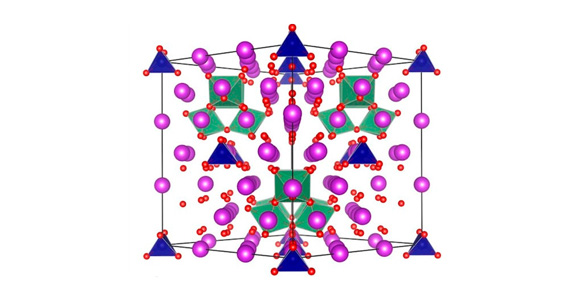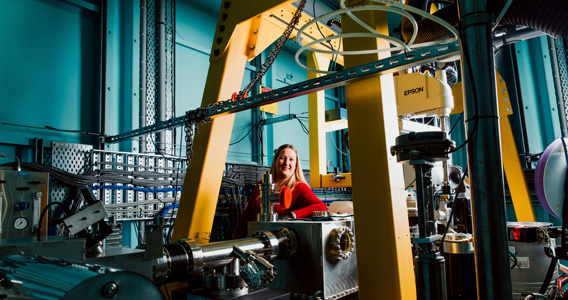The Medium Energy XAS (MEX) bending magnet beamline will be designed to complement existing XAS capabilities offered by beamline 12-ID at the Australian Synchrotron. MEX will cover the energy range from the K-edge of Si through to the K-edge of Se (i.e. 2-13 keV). This covers most of the elements of interest to biological and environmental samples and also extends the range over which XAFS data may be acquired for minerals and materials research, under conditions where a high vacuum is not required or desirable.
In addition to enabling experiments over the K-range of many elements, this beamline will also allow access to a range of L- and M-edges of the heavier elements, such that XAFS data can be obtained from most elements of the periodic table. Together with a low-resolution microprobe capability, this beamline will support cutting-edge research into major societal issues in the fields of:
- biology and medicine,
- the environment,
- development of functional materials,
- mineralology and mining, and
- cultural heritage.
The beamline may also be applied to studies of the fundamental aspects of chemical bonding.
![]() Download MEX Detailed Report 2011-09 (pdf, 290kb)
Download MEX Detailed Report 2011-09 (pdf, 290kb)
The members of the MEX Beamline Scoping Group are: Peter Lay (USyd), Andrew Berry (ANU), Peter Kappen (La Trobe), Enzo Lombi (UniSA), and Chris Glover (AS).
Enquiries may be directed to: Peter Lay
Position: ARC Professorial Fellow, The University of Sydney
Phone: +61 (0)2 9351 4269
Fax: +61 (0)2 9351 3329
Email: p.lay@chem.usyd.edu.au
Further Information
- Contact Andrew Peele or Kia Wallwork at asdp@synchrotron.org.au.











